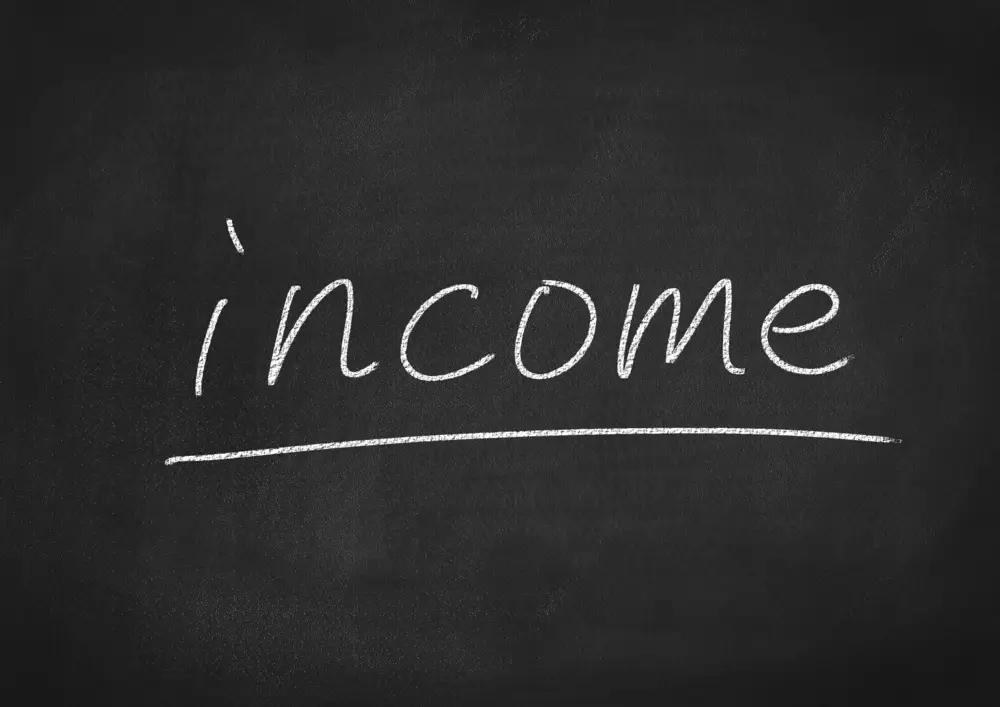How to Set Financial Goals for Your Future
A safe and rich future is mapped by financial aspirations. They give you direction, clarity, and motivation so you may confidently reach life goals. Whether your goals are for a dream trip, a house purchase, or retirement planning, clearly set financial goals for your future guarantees that your efforts complement your desires.
This book will walk over how to create and meet financial goals, classify them into short-term, medium, and long-term objectives, and offer doable actions to keep you on target. This essay will help you to clearly see how financial objectives could change your life.
What Are Financial Goals?
Specific, quantifiable, time-bound goals known as financial goals specify your intended use for your money. They are absolutely vital in preserving general financial health and act as a road map for financial success.
Types of Financial Goals:
- Short-Term Goals: Within a year, you want to pay off minor debt and save for a gadget..
- Midterm Goals: These last one to five years and cover goals like saving for a car or going back to school.
- Long-Term Goals: These last more than five years and frequently include major life events like generational wealth creation or retirement savings building.
Classification of your objectives will help you to prioritize properly and produce a balanced financial strategy.

Examples of Financial Goals
Knowing successful models of financial goals can enable you to create reasonable and doable goals.
Short-Term Examples:
- Paying Off Small Debts: Focus on clearing credit card balances or small loans.
- Saving for a Vacation: Allocate a portion of your income to fund a relaxing getaway.
- Building an Emergency Fund: Aim to save at least three to six months’ worth of living expenses.
Midterm Examples:
- Saving for a Car or Home: Create a dedicated fund for major purchases.
- Investing in Education or Certifications: Boost your career prospects with professional courses.
Long-Term Examples:
- Retirement Savings: Contribute regularly to retirement accounts like 401(k) or IRAs.
- Building Generational Wealth: Invest in assets that appreciate over time, such as real estate or stocks.
These examples highlight how financial goals cater to different stages of life.
How Do You Start Setting Your Financial Goals?
Developing a strategy for your financial objectives calls for a methodical approach guaranteed by efficiency and clarity. First, evaluate your present financial condition to fully know your debt, income, expenses, and savings. This stage is absolutely important since it offers a basis for deciding what is realistic.
Describe then particular, quantifiable objectives. Clearly state exactly what you want to accomplish with exact quantities and timelines rather than leaving nebulous goals. Instead of stating you want to save for a car, for example, choose to save $5,000 in two years. Specificity guarantees your keep of attention and drive.
Sort your objectives according to relevance and urgency to give them priority. This helps you to properly focus your resources and efforts toward what counts most. Paying off debt with high interest, for instance, might come first than saving for a trip.
After your priorities are established, draft a reasonable action plan. Divide your projects into smaller, doable chores with well defined deadlines. If your two-year savings goal is $5,000, for example, figure out how much you must set aside each month and look at strategies to reach that aim.
At last, monitor your development and make necessary corrections. Frequent reviews guarantee that you are headed in the correct direction and help you to adjust to changes in your financial circumstances. Whether it’s a sudden outlay of funds or a rise in revenue, being adaptable can help you keep moving toward your objectives.

Short-Term Financial Goals: The Foundation
Fundamental building blocks for long-term success are short-term financial goals. Usually under a year, these goals are modest, reasonable, and within reach in a short period. Establishing these objectives helps you to start toward financial stability and boost your confidence in your capacity for wise financial management.
Importance of Short-Term Goals:
Short-term financial objectives provide instant wins, hence generating momentum. Reaching these little benchmarks helps build excellent financial habits including consistent savings or tracking of costs. If you choose to save aside $500 for an emergency fund within three months, for example, reaching this target increases your confidence and inspire you to handle more ambitious financial goals.
Furthermore, these objectives offer instant gratification, which increases the interesting nature of financial planning process. Seeing real results—such as erasing a little debt or saving for a weekend trip—helps one to appreciate the advantages of careful saving and budgeting. This feeling of success prepares one to address increasingly difficult financial problems going forward.
Building an Emergency Fund:
Essential for financial well-being, an emergency fund provides a safety net in case of unanticipated events include temporary unemployment, auto repairs, or medical emergencies. It guarantees that unanticipated costs won’t throw off your financial balance or drive you into high-interest debt.
Start your emergency fund building by establishing reasonable and reasonable goals. To cover little crises, first try to save $500 to $1,000. This little action gives instant security and safety. Aim over time to save three to six months’ worth of basic living expenditures. Usually, these outlays cover groceries, utilities, transportation, rent or mortgage payments.
Creating this fund calls on consistency and discipline. Start by automating your savings. Plan automated transfers to a separate savings account to guarantee consistent contributions free from additional work. Think about also stuffing windfalls—such as bonuses, tax returns, or unanticipated income—into your emergency fund.
Another smart move is cutting discretionary spending. Decide where you might cut expenses, such dining out less often, canceling unneeded subscriptions, or choosing less expensive substitutes. Every dollar saved moves you toward your target.
Using coupons and rewards applications is another wise advise. By helping you to save money on regular purchases, these solutions let you direct the savings into your emergency fund. These little but regular actions will add up over time to provide a strong financial cushion to confidently negotiate the uncertainties of life.
Tips for Quick Savings:
- Automate your reserves.
- Cut discretionary items like subscriptions or dining out.
- Make purchases with coupons and rebate apps.
Midterm Financial Goals: Bridging the Gap: Set Financial Goals for Your Future
A balanced and safe financial future is created in great part by midterm financial goals. These objectives act as the middle ground between your long-term aspirations and right now aims. Usually spanning one to five years, they rely for both sensible plans and diligent savings to reach.
Why Midterm Goals Matter:
Establishing financial stability requires midterm goals. You lay a strong basis for financial success by concentrating on goals like saving for a car, a house down payment, or additional schooling. These objectives help equip you for major life events by making sure you have the means and adaptability to manage substantial changes without disturbance. While saving money for a house purchase helps you avoid too much debt, saving for a professional certification could result in greater job possibilities.
Moreover, midterm objectives enable you to manage conflicting agendas. While long-term goals look far-off or short-term goals concentrate on present demands, interim targets give a sense of real progress within a somewhat short period of time. This harmony maintains your drive and prepares you to reach more ambitious goals.
Strategies for Achieving Midterm Goals:
- Investment Options: Explore mutual funds, stocks, or bonds for higher returns.
- Budgeting Tips: Allocate a specific percentage of your income to midterm savings.
- Balancing Priorities: Maintain a balance between immediate needs and future aspirations.

Building an Emergency Fund: Your Safety Net
An emergency fund provides a cushion for unanticipated financial difficulties such job loss or medical crises.
How Much to Save:
Aim for three to six months’ worth of essential expenses, including rent, groceries, and utilities.
Practical Tips:
- Create an account specifically for savings.
- Save windfalls such as tax rebates or bonuses.
- Cut unnecessary expenses to quicken savings.
Common Mistakes to Avoid When Setting Financial Goals
Even with the best intentions, common pitfalls can hinder your progress. Here’s what to watch out for:
- Setting Vague or Unrealistic Goals: Be clear and practical about what you can achieve.
- Ignoring the Importance of Tracking Progress: Regularly monitor your achievements to stay motivated.
- Overlooking the Need for an Emergency Fund: Always prioritize financial safety.
- Failing to Adapt: Adjust your goals as your circumstances evolve.
Tools and Resources to Help You Achieve Financial Goals
Leverage technology and expert advice to streamline your financial planning.
Recommended Tools:
- Budgeting Apps: Use apps like Mint or YNAB (You Need A Budget) to track expenses.
- Financial Literacy Resources: Explore books, podcasts, and online courses.
- Consult Financial Advisors: Get personalized advice tailored to your situation.
Conclusion: Set Financial Goals for Your Future
Creating the future you see starts with establishing financial goals. Your financial situation will improve if you know the many kinds of financial goals, make plans of action, and apply appropriate instruments.
Start guiding your financial path and today start defining your objectives. Comment with your financial goals in the comments or sign up for our email for further ideas and advice.



